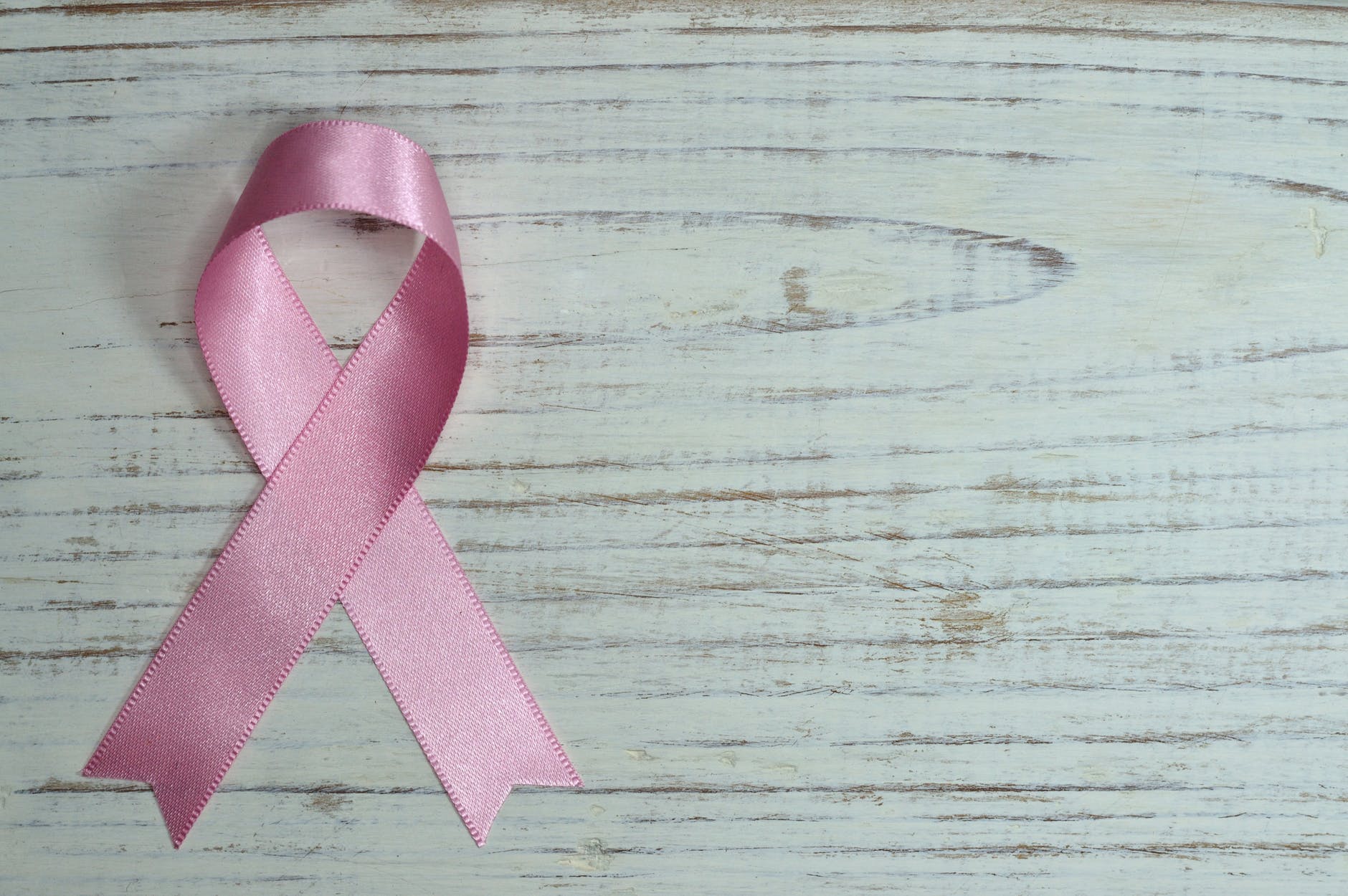Cancer— the name alone instils fear among people. Such is the intensity and threat of the disease. Even if someone is not affected by cancer, he or she is still inquiring about the possibilities of the disease. In our country, most people want to know what are the different types of cancer treatment in India. At least, they wish to stay ready to combat the disease, if in any case, it affects them.
Cancer treatments in modern times: An Overview
Cancer treatment in India has seen considerable improvement over the years. Now, you can expect a fast and reliable diagnosis and effective treatment without the need to leave the country. Interestingly, outcomes of such treatments have improved with advancements in medical science.
The main purpose of cancer treatments is to bring the disease under control by applying adequate medical aids. It also aims to prevent the recurrence of cancer growth, and also to alleviate the symptoms caused by tumors.
Here, we have mentioned the different forms of cancer treatment:
● Surgery: For removing cancer.
● Chemotherapy: For killing cancer cells.
● Radiation therapy: It uses high-powered energy beams like X-rays to kill cancer cells.
● Bone marrow transplantation: A bone marrow transplant is also known as stem cell transplant, which is used to replace your cancerous bone marrow with your healthy bone marrow stem cells or from any donor. In such a treatment, your doctor uses high doses of chemotherapy for treating your cancer. It is used for replacing diseased bone marrow.
● Immunotherapy: It is also called biological therapy. The specific treatment uses your body’s immune system for fighting cancer. Your immune system doesn’t recognize cancer as an intruder. As a result, it mostly remains unchecked. Immunotherapy helps your immune system to figure out the cancerous cells and in turn, attack it.
● Hormone therapy: Did you know that often your body’s hormones fuel cancer growth. This is most evident in cases of prostate cancer and breast cancer. Once these hormones are removed from your body, it can help in blocking the cancer cells’ growth.
● Targeted drug therapy: Using this particular cancer treatment procedure, specific abnormalities in cancer cells are destroyed. As a result, these cancerous cells stop growing.
● Cryoablation: This particular treatment procedure destroys cancer cells under cold temperature. In cryoablation, a thin needle is injected into your skin and directed towards the cancerous tumor. The affected tissue is then frozen using gas, and later the tissue is allowed to thaw. Such a process is repeated multiple times for killing the cancer cells.
● Radiofrequency ablation: Electrical energy is used to heat cancer cells and destroy them in the process.
Different Cancer Treatment Phases
As mentioned earlier, treatment processes can differ depending on the condition of the patients and many other factors. Here are some of the phases of treatments that you must know about:
● Primary treatment: The goal of this particular phase of treatment is to remove the cancerous cells completely. Any treatment can be implemented as a primary one. However, the most common primary treatment is surgery. Often, cancer cells among several patients can be particularly sensitive to chemotherapy or radiation therapy.
● Adjuvant treatment: The adjuvant therapy’s aim is to kill cancer cells that might have survived after the primary treatment. This is done to reduce the chances of further occurrence of cancer. Like primary treatment, any kind of cancer treatment can be prescribed as adjuvant therapy. These include radiation therapy, chemotherapy, and hormone therapy.
● Neoadjuvant therapy: Its goals are similar to the ones mentioned above. However, these treatments are mostly used before the primary treatment for making the primary treatment much more effective.
● Palliative treatment: Palliative treatments help in relieving side effects of the cancer treatment or signs of cancer. Surgeries, radiation therapy, chemotherapy, and hormone therapies are all used as palliative treatment procedures. To relieve pain and shortness of breath, other forms of medication are also often used. Palliative treatment is often used simultaneously with other treatments to cure cancer.
What to expect?
Cancer therapies are often personalized. As a result, treatments can vary from person to person. The tumor’s location and its distribution, the type of cancerous cells as well as the patient’s overall condition along with other possible illnesses, are some of the factors that determine the choice of treatment.
Before moving forward with the treatment, doctors assess each of the methods concerning the advantages and disadvantages of the particular patient. If you are affected by cancer and are currently undergoing any specific treatment, it’s always recommended that you ask your doctor as many questions possible. It’s your doctor’s responsibility to clarify all doubts that exist in your mind.



